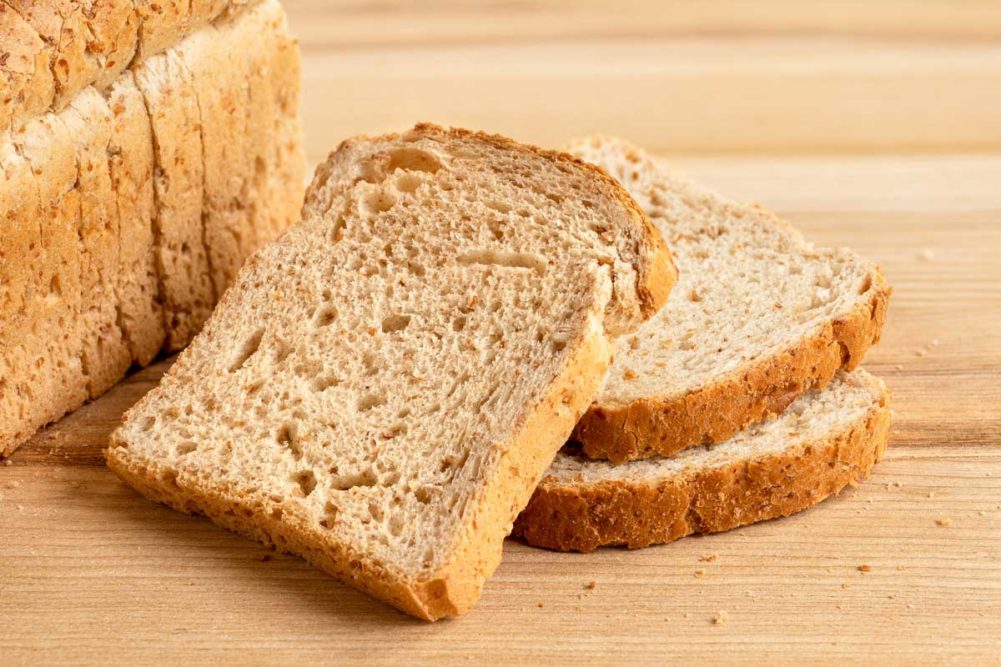Ever since bread production became commercialized and automated, bakers have been trying to improve how dough moves through equipment without damaging the texture of the finished product. Emulsifiers have long been a part of that solution.
“When we refer to improved machinability, we’re referring to the timeless challenge bakers face of obtaining maximum dough absorption while being able to handle and process the dough through automated equipment without it sticking to the equipment, which results in line interruptions,” said Tim Cottrell, director of business development, emulsifiers and texturants, Kerry Ingredients.
Emulsifiers aid in reaching that maximum absorption, resulting in a homogenous and stable dough with a drier surface. All these characteristics make for a more manageable product on a commercial bread line and better results for the bottom line.
“The right emulsifier can help bakers improve the dough’s tolerance during the manufacturing process, lowering yield loss and manufacturing costs,” said Jim Robertson, director, emulsifier portfolio at Corbion. “Emulsifiers also help increase batter stability and have a positive effect on dough properties like elasticity, extensibility, stickiness, gas retention and mixing time.”
This article is an excerpt from the August 2020 issue of Baking & Snack. To read the entire feature on emulsifiers, click here.






